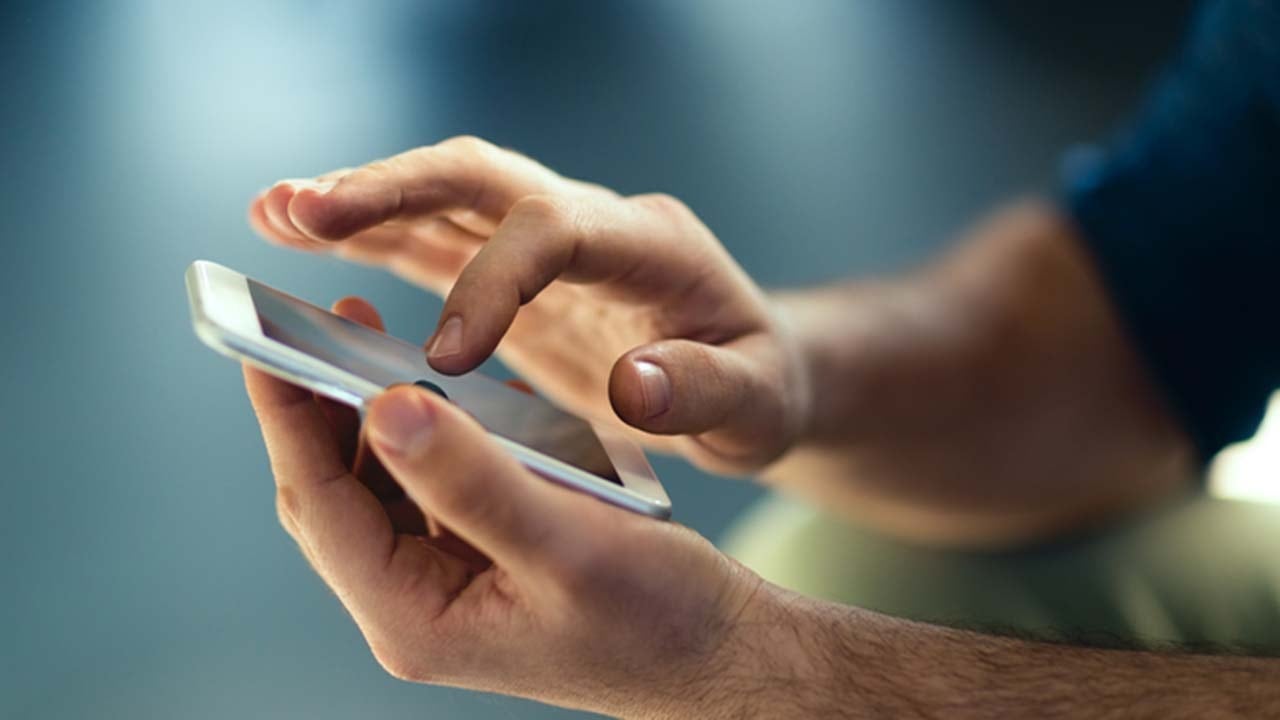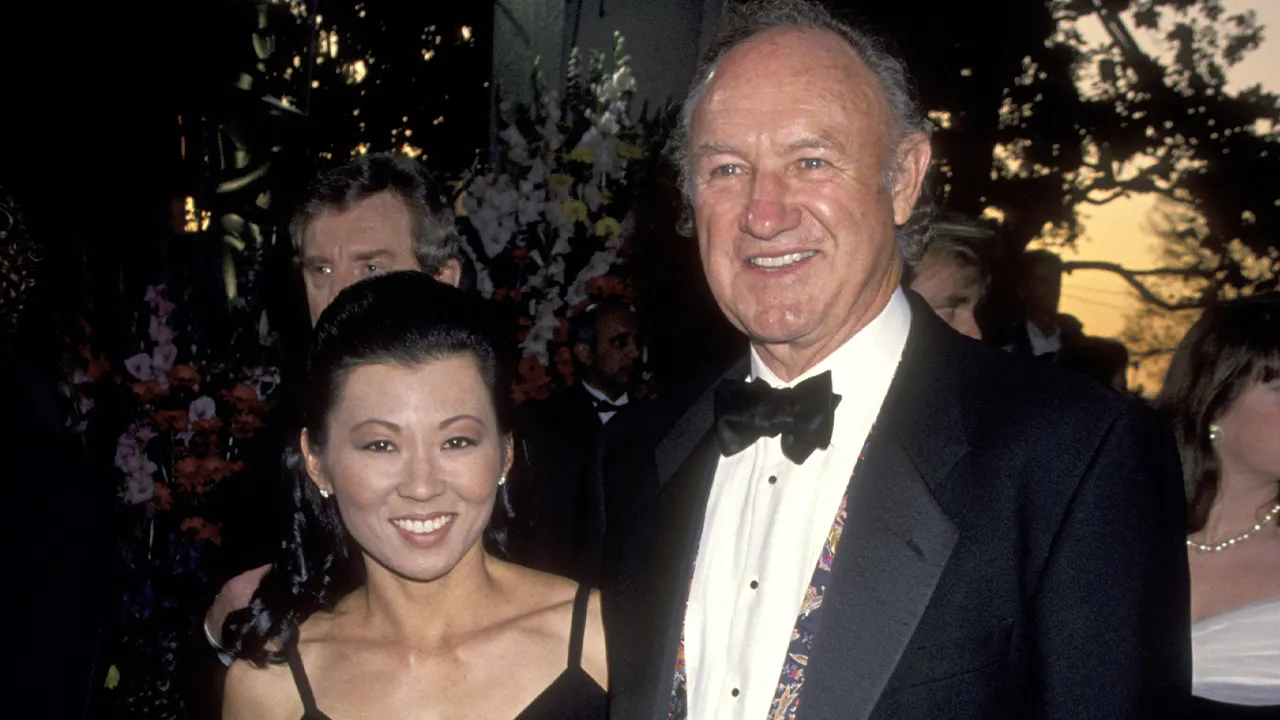ALBANY, Ga. – Jessie Blanchard started small almost five years ago just trying to get enough of the rescue drug naloxone, which reverses opioid overdoses, to keep her daughter from dying of an overdose.
She implored colleagues at the college where she is an assistant teacher in Albany, Georgia, to use her prescription benefits to get two doses every six months.
Now every week she loads up her Jeep and heads out with a few other volunteers to take the antidote — commonly known by the brand name Narcan — to hundreds of others in the city of 70,000.
It also provides clean needles, fentanyl test strips and a neutral soundboard in parking lots and intersections – an effort now funded in part by a state government grant. At least nine times in December alone, Blanchard said emergency medication she provided was used to reverse overdoses.
“I have story after story, story after story of people coming my way,” said Blanchard, a nurse whose organization is called 229 Safer Living Access, a nod to the Albany area code that covers the group’s work. “They say, ‘Miss Jessie, you had to narcanize me the other day, and I would have died if it weren’t for you.'”
Naloxone, available as a nasal spray and in injectable form, is a key tool in the fight against a nationwide drug overdose crisis that kills more than 100,000 people annually in the United States, and federal policy changes have created some major barriers to access puts it out of the hands of police, firefighters, drug users and their loved ones. But it’s still often frustratingly inaccessible in those moments when overdoses happen.
Stephen Murray, an overdose survivor and former medic who researches overdoses at Boston Medical Center, is so committed to access to naloxone that he proclaims it on his personalized license plate: NARCAN.
“My vision for that is to be free or 25 cents a dose at every 24-hour gas station in the state,” he said. “It will be between the Tylenol and the condoms. … It has to be basically as easy as buying heroin.”
Thanks to federal and state policies and groups like Blanchard’s distributing it in their communities, there is more naloxone than ever. It’s available for free in old Michigan vending machines that now contain naloxone kits and in a Philadelphia vending machine. One group, NEXT Distro, ships it nationwide for free. But Murray’s vision is nowhere near realized in most places.
A cash influx is on the way to help deal with the national overdose crisis which killed 107,000 people in 2021 – the highest number ever – most involved fentanyl and other strong illicit synthetic opioids.
drug manufacturers, distributors and pharmacies settled lawsuits with state and local governments, and initial funding totaling more than $50 billion is evolving. Most of it has to be used to fight the opioid epidemic, although exactly how it will continue Governments get the money. Some settlements are partially delivered in naloxone doses.
In a 2021 report, public health experts convened by the Johns Hopkins Bloomberg School of Public Health listed expanding access to naloxone as the first strategy for using settlement funds, noting that 40% of deaths happen through overdose when someone else is present and potentially able to administer the life-saving drug.
As with other harm reduction strategies, there has been backlash from those who believe that providing naloxone enables drug use. But Georgia Council for Recovery policy chief Jeff Breedlove said he no longer sees it as a big problem.
Instead, he said, funding and distribution programs remain patchy because they don’t get enough support from governments and private groups like chambers of commerce. “Until they treat it like an epidemic,” Breedlove said, “we’re going to have more and more funerals.”
Since 2016, the federal government has allowed and encouraged the use of federal funds to purchase naloxone.
Officials in every state have issued standing orders to pharmacies, allowing people to buy it even without a prescription.
This is a major factor behind the massive increase in the amount being distributed through retail pharmacies. A report by the American Medical Association and the IQVIA Institute for Human Data Science found that just over 1,000 orders were filled in 2012. By 2021 it was almost 1.2 million.
But not all pharmacies carry it. And it comes at a price: for those without insurance, it can be around $50 for two cans.
The US Food and Drug Administration is considering allowing some forms of naloxone to be sold over the counter without a prescription, a move that could reduce costs.
Randy Anderson, who is himself in recovery and works as a recovery counselor, said he has distributed about 100,000 doses of naloxone in Minnesota. He believes from his days as a drug user that the availability of pharmacies doesn’t do much to help people who need it most.
“There’s no way I would spend $10 on something to save my life if I need that money to buy medicine,” he said.
Aside from cost, there are other barriers to getting naloxone to drug users.
For example, in Alabama, a pharmacist, doctor, or public health nurse must be involved in the distribution. But the state has a program to mail the antidote to anyone who requests it.
Maya Doe-Simkins, a co-director of Remedy Alliance/For The People, which helps get naloxone to groups working to prevent overdose deaths, said programs don’t always prioritize getting the antidote to people who take drugs.
“Unless they are coordinated and directed to where they should be, we will see more and more naloxone sitting on church basement shelves and expiring,” she said.
Colin Dwyer, a former social entrepreneur-in-residence at Stanford School of Business, founded the Overdose Crisis Response Fund to try to boost small-scale distribution efforts across the country, including Blanchard’s in Albany.
“All I really care about is what has the likelihood of saving the most lives the fastest,” Dwyer said.
One of his grantees, Talia Rogers, distributes naloxone and other supplies in Kirksville, Missouri, through a one-person operation, Show Me Harm Reduction, which she originally funded with money she earned as a nanny.
She is now a consultant for the Missouri Institute of Mental Health and receives naloxone through the state’s use of a federal grant.
“If they don’t get narcan or naloxone through me, they don’t get it,” Rogers said.
Ron Stewart, an emergency planner for Adair County, which includes Kirksville, said naloxone is currently only made available to first responders, but he hopes a state program will soon make it available to the public as well.
In Albany, Blanchard gets naloxone through Georgia Opioid Prevention, which receives government funding.
In 2022, she distributed more than 1,800 doses – far more than the Southwest Georgia Public Health District, which distributed 280 doses to people who turned up at Department of Health offices in a remote corner of Albany and to community organizations.
One of her customers, who asked to be identified by only his first name, Jomo, because he uses illegal drugs, said he was glad of the supplies. “Because that’s what we’re going to do anyway,” he said.
Blanchard said 26 people came to her group for help entering treatment programs and 19 are not currently taking.
She recalled her desperation in 2018 as she tried to help her daughter, then a teenager. Her daughter, now 22, still uses drugs.
“She’s so beautiful and so perfect,” Blanchard said. “And because of the mitigation, she’s still alive and she’s healthy and doing fine.”
.___
Mulvihill reported from Cherry Hill, New Jersey.
___
The Associated Press Health and Science Department receives support from the Howard Hughes Medical Institute’s Science and Educational Media Group. The AP is solely responsible for all content
Copyright 2023 The Associated Press. All rights reserved. This material may not be published, broadcast, transcribed or redistributed without permission.





